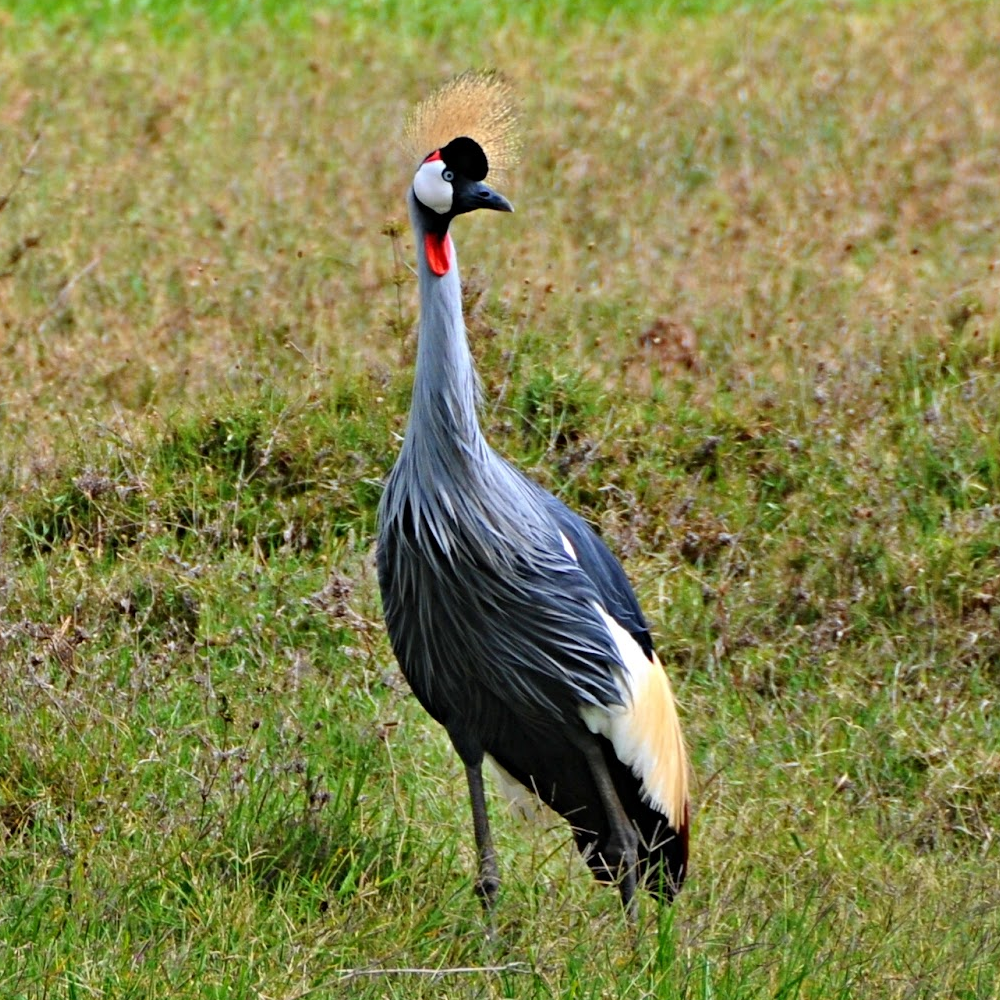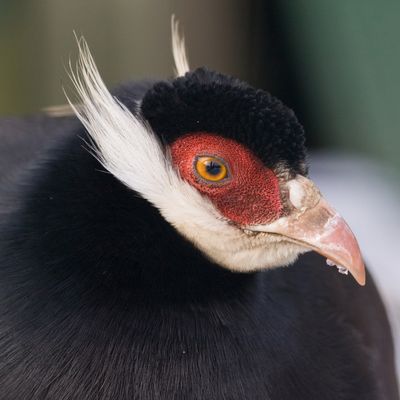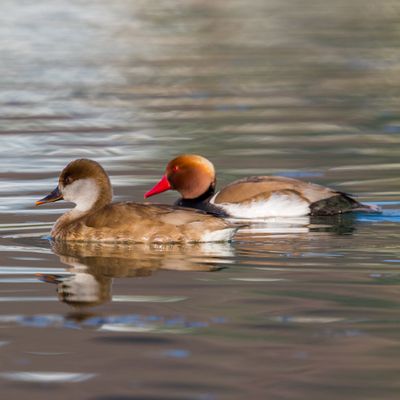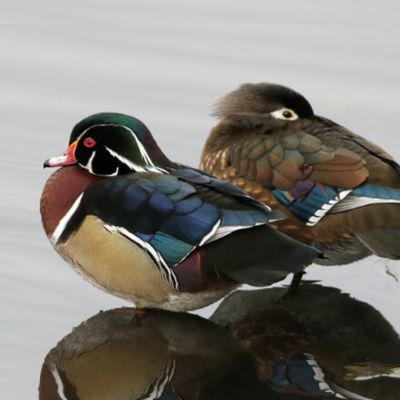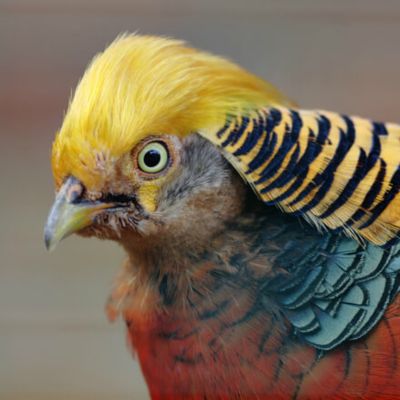East African Crowned Crane
East African Crowned Crane
The East African Crowned Crane is a non-migratory and ornamental crane that originates from East Africa. Its range stretches from Northern Uganda and Kenya southerly into Zimbabwe, Botswana, and Namibia. Known by many names, African Crowned, Golden Crested, African Crane, South African, and Crested, they’re all the same species and they’re all the National bird of Uganda.
This crane prefers dry grasslands with adjacent wetlands. Considered an omnivore, they consume seed heads on tall grasses and stomp the grassland floor with their large feet to flush out insects, small reptiles and mammals. They’ll browse wetlands for small fish and invertebrates. The East African Crowned Crane is just one of two crane species that will roost in trees. Because of this, it’s recommended that one place a solid elevated roost in the aviary.
The plumage for both males and females is similar and quite spectacular with the rigid gold colored crown feathers that are designed to give cover in tall grasses, to its black knob top hat, and grey and white body, all punctuated with brightly colored red facial skin. They’re also similar in size, standing roughly 3 feet 6 inches, weighing nearly 8 lbs, with a 6 and a half foot wingspan. Juveniles will have a similar appearance except they’ll have dusty brown faces.
This bird does like to sing and dance. It will bow and jump and inflate its gular sac while making a less traditional honking call. Typically reserved for breeding rituals, they will display sporadically throughout the year.
The pair will build a large ground nest and share brooding responsibilities for a clutch of 2-5 glossy eggs. Incubation is 28-31 days. Chicks will stay with their parents until fledging anywhere from 56 to 100 days. Offspring will then select their own mate.

